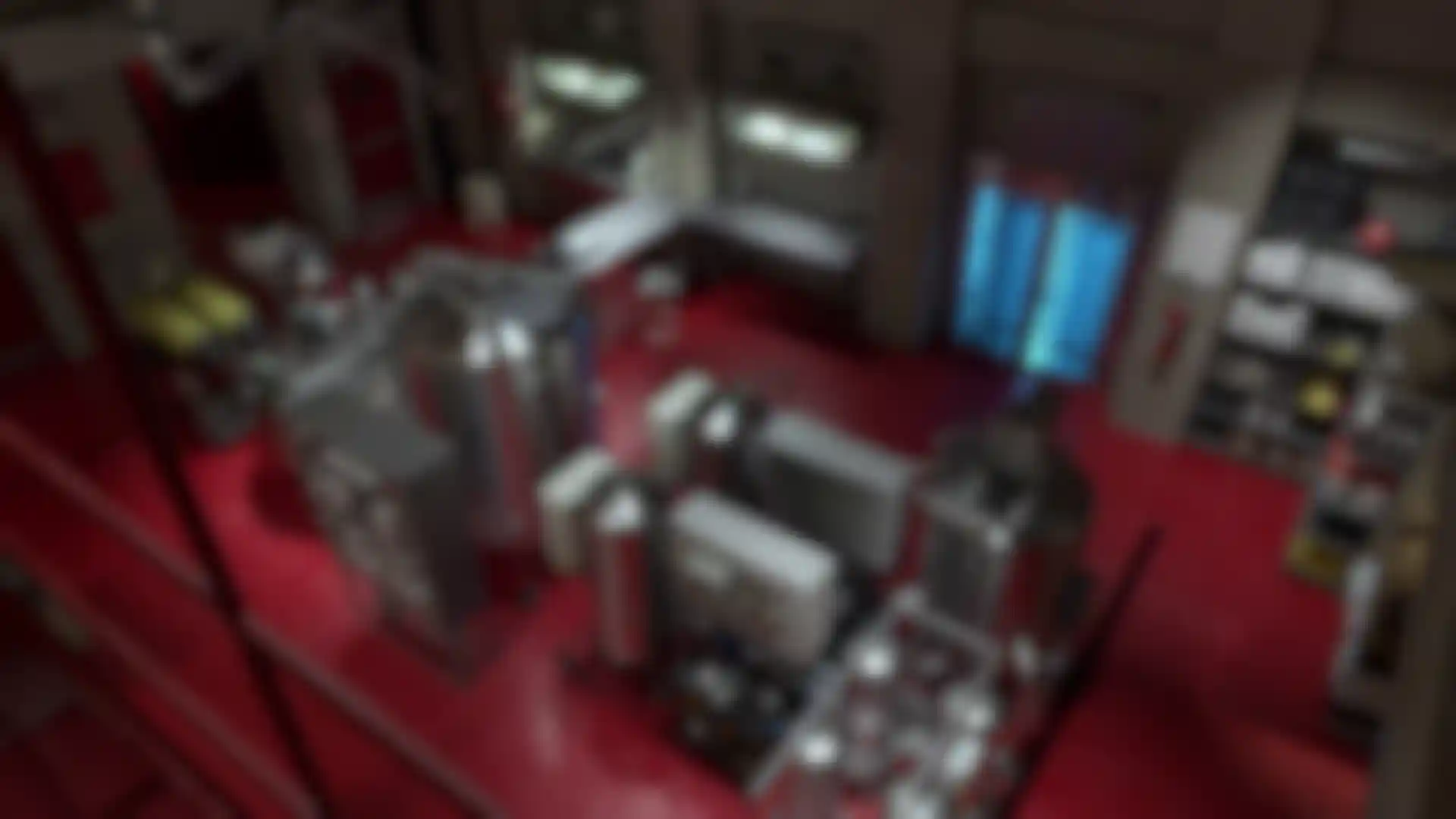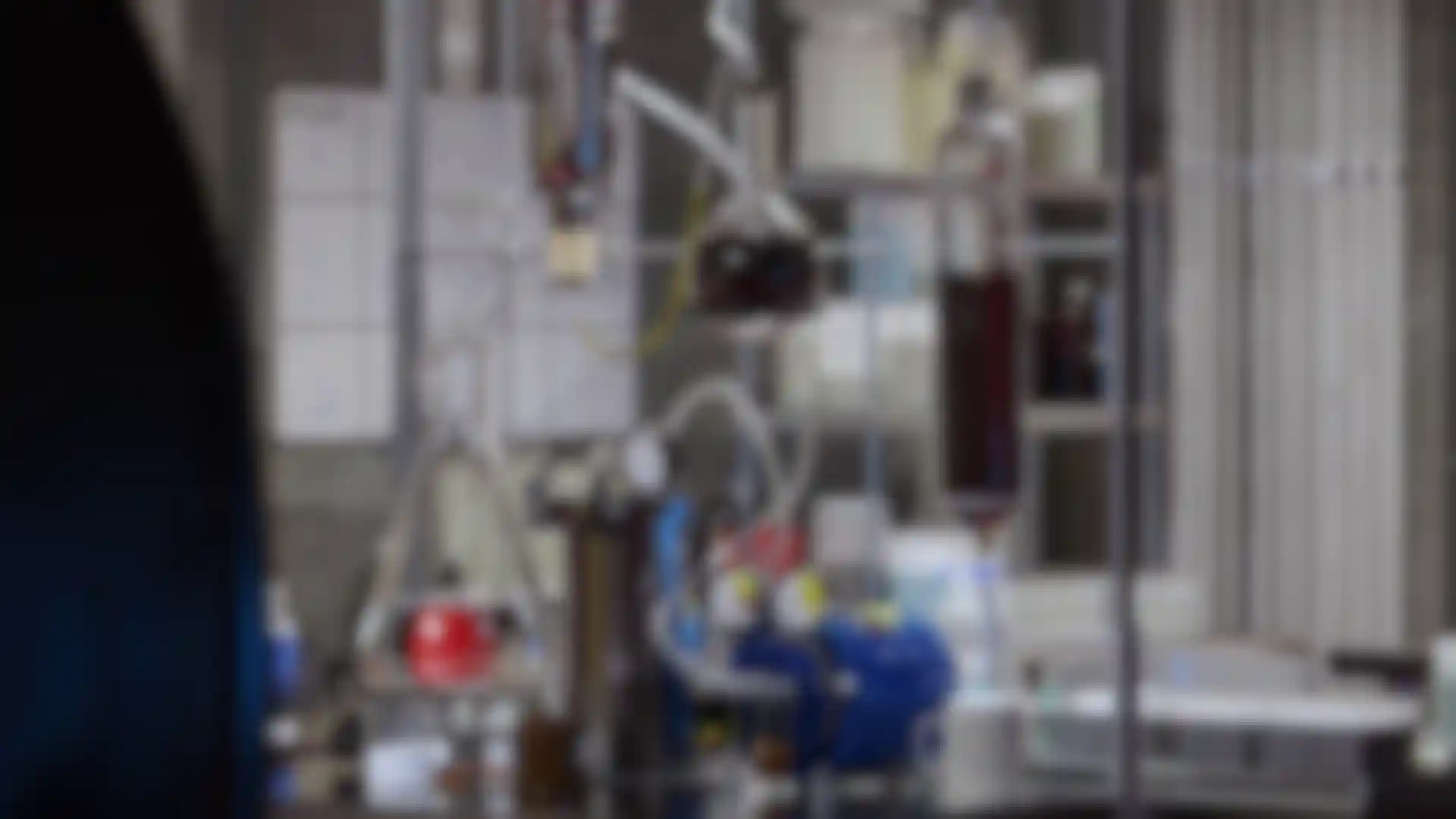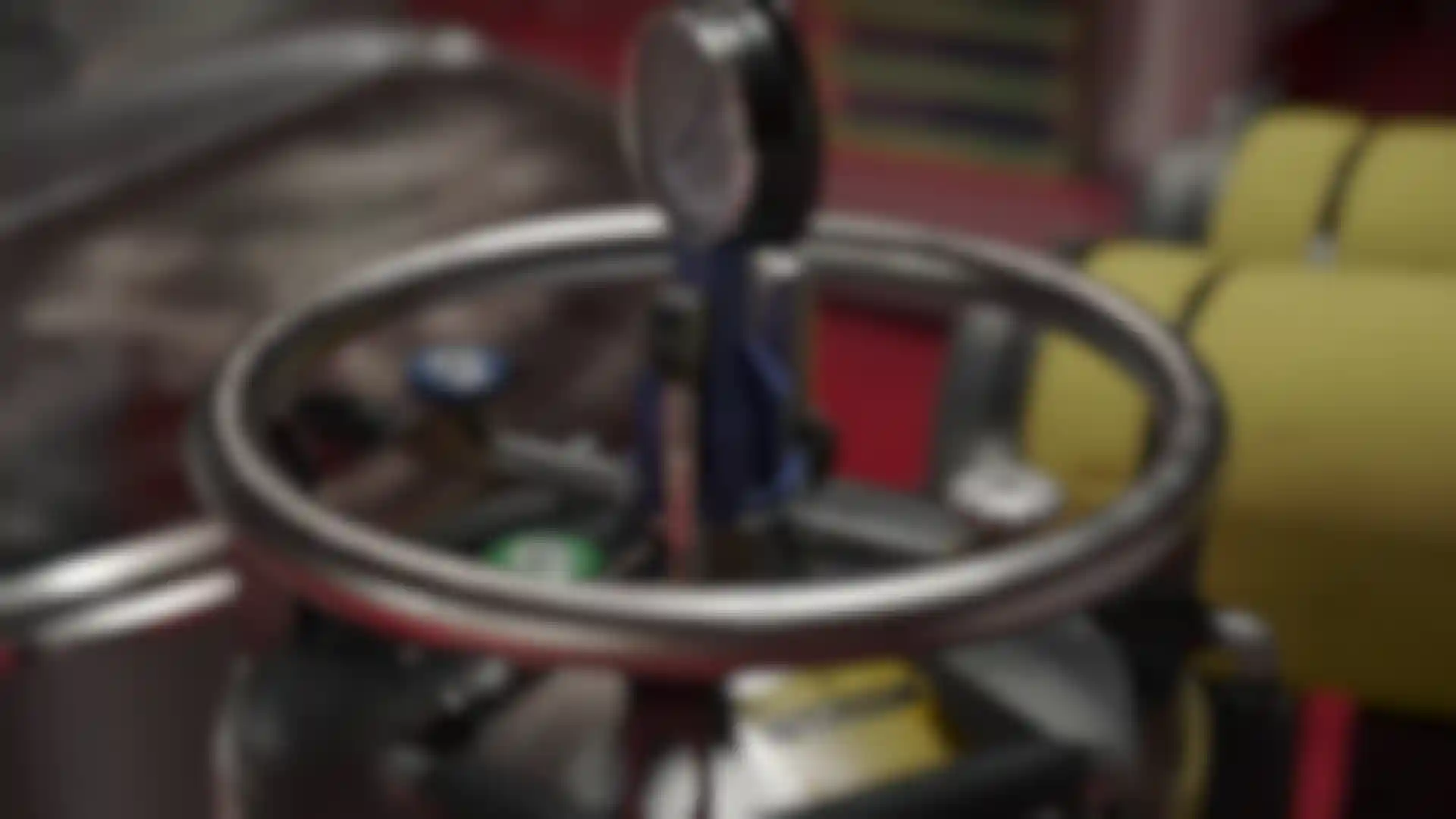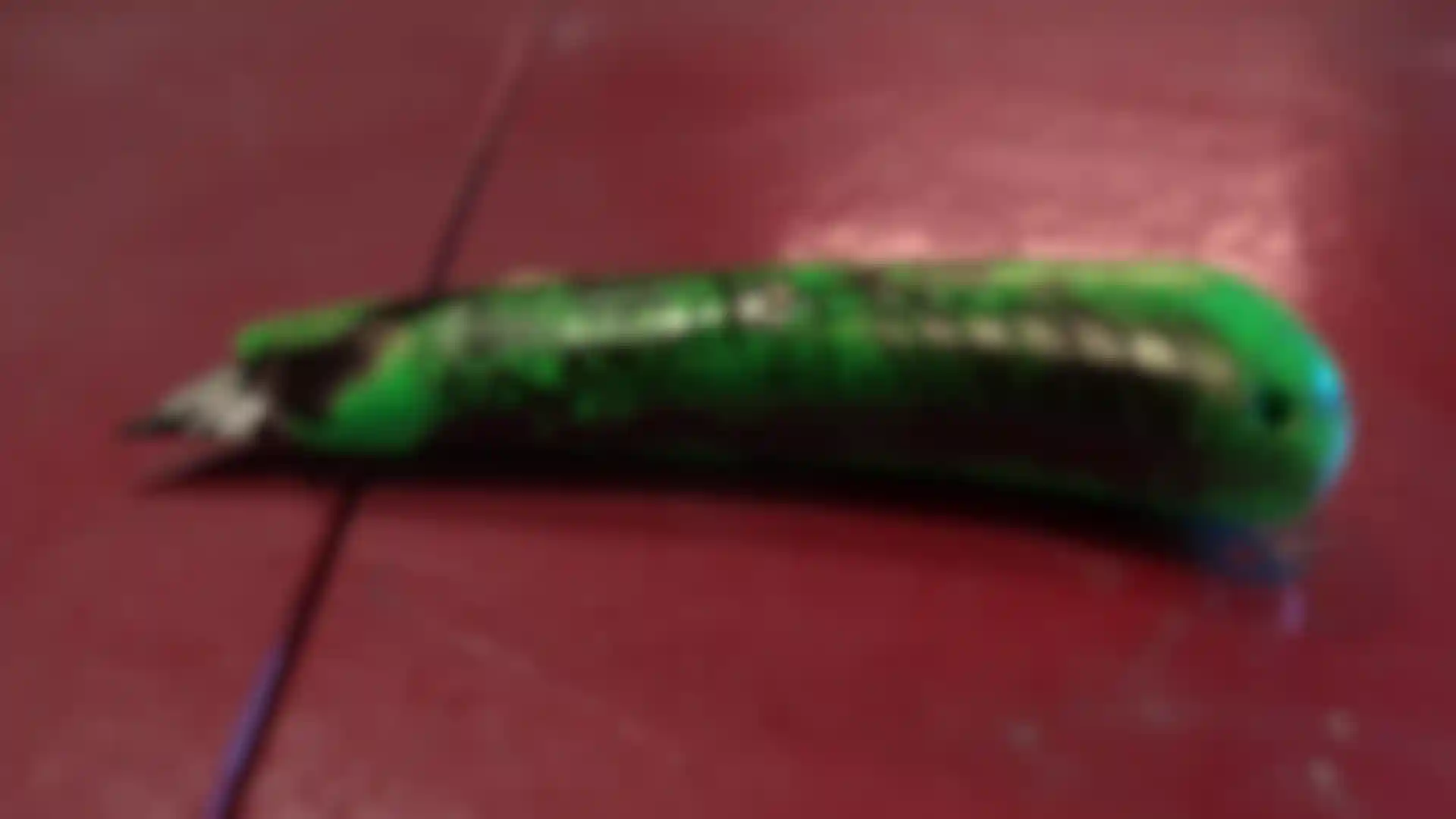
When Passion Meets Precision: Crafting the ‘Breaking Bad’ Superlab How 3D artist Luke Penry used Redshift to bring the iconic lab to life.
UK-based 3D artist Luke Penry has created what can arguably be called a masterwork: a fully realized and rendered replica of the laboratory from “Breaking Bad.” In the same spirit as the production of the show, the details are breathtaking, and the level of specificity is something to behold.
Brimming with adoration for the subject matter, Penry’s project is an inspiration to 3D artists who want to test their chops at tackling a big personal project. We talked with him about his five-year journey and how he relied on 3ds Max, Redshift, Premiere Pro and After Effects.
Tell us a bit about yourself and how you got started with 3D.

Penry: I’m a 3D generalist from South London and have worked in 3D for about 10 years. I was working primarily in graphic design when a friend at university introduced me to 3D and motion design. Since I was already familiar with animating in 2D, 3D felt like the next step, so I decided to start learning and it just took off from there.
I got started in After Effects and Flash and eventually saw the infinite possibilities 3D makes achievable. I also saw how I could create realistic images and animations that I once thought impossible, so I added 3D tools to my workflow. I enjoy getting carried away with a project and taking it from start to finish, which is why I became a generalist.
I got my first job in motion design about eight years ago and I’ve been doing 3D ever since. I spend a lot of time developing a style for my personal work, which I like to post on Instagram.

What inspired you to base your personal project on “Breaking Bad”?
Penry: To me, “Breaking Bad” is the best series ever made, mostly because I think the look, feel and pace of the show was so consistent and never let up throughout every season. It also had the best finale of any show, and it still gives me chills every time I watch it.
As for fan art, I feel like everyone usually creates something based on the RV or the Walter White character (played by Bryan Cranston), but for some reason the lab always felt like the most iconic set for me. So many key moments happen in the lab.
I first thought about creating a fly crawling on a grain of meth, or something like that, and started building a macro meth shot with lab equipment to be used as blurry background objects. But then I thought it would be fun to actually model the equipment in detail. It snowballed from there and I got carried away. After five years of working on and off, I finally finished the project.

There’s a scene where Gus first introduces Walt to the lab. Music is playing in the background, which added a sense of wonder to this new environment, and it always stuck with me. I wanted to recreate that same magic but in a kind of after-hours look around the lab, and I wanted to show it all off in ways that had not been done in the series using tighter shots to show the detail of the lab equipment.
But that became a huge challenge because those details aren’t exactly seen in the show, so I had to do extensive research on behind-the-scenes photos and online videos to fill in the details.
Lucky for me, the show sometimes mentions key phrases like “thorium oxide for a catalyst bed” and “200L reaction vessel” so identifying blurry warning labels pointed me in the right direction to finding higher-resolution images for some of the actual equipment used.

Talk about how you used Redshift and 3ds Max?
Penry: When I started the project, I didn’t realize how far I was going to take it. Eventually, I had built and textured the lab but there wasn’t any way for my home PC setup to handle the rendering. I switched from a CPU-reliant workflow to GPU-based rendering after I fried my CPU and had to buy a new one, forcing me to choose a new way to finish the project. That’s where 3ds Max and Redshift came into the picture.
I liked Redshift because it was more comfortable for me, as was 3ds Max. Fortunately my work computer had Max and Redshift, so I was able to render without problems. But even though I had gotten so much done on my home computer, I realized I needed to completely rework all the lighting and textures with Redshift as it was so much faster.
I stopped production on the project for many months and around that time the office where I was working decided to make the switch to a GPU-reliant workflow. We tested a number of render engines and settled on Redshift. I was blown away by the speed and realized I could use this new rendering power to my advantage and finish the lab. The only problem was I would have to rework almost everything from scratch.
So, I did just that! I rebuilt all the lighting and textures in about three or four months, which is insanely fast for working on this entirely after hours. I’ve been using Redshift ever since. I think the results are superior to anything I had worked on previously.
Was the camera work specifically meant to mimic the visual style of the show?
Penry: Yes, definitely. I was hoping the show’s creator and director Vince Gilligan would see the video, so I paid homage to a lot of the camerawork that the show is known for. For example, I simulated handheld cameras and mimicked the famous “Breaking Bad shot” where the camera is below or inside surfaces one would think impossible. I like to think of the project as a “Breaking Bad: After Hours” type of show. I don’t know if Vince ever saw it. If he did, I hope he liked it.

Was matching the color grade of “Breaking Bad” a challenge?
Penry: Yes, it was. The overall look changes based on each episode because of the different mood and feeling that each episode brings. I can’t remember which specific episodes I went with, but it really was kind of a mixture of the entire series.
I didn’t know much about the art of color grading prior to working on this project, so I purchased some professional tutorials to help me understand it. The streamlined nature of Premiere Pro and After Effects with Colorista VI helped me make a pretty flawless transition into getting it done.


How was your experience working on this different from your usual client work?
Penry: Timing, mostly. I’m a bit of a perfectionist so most of my work is never really finished. With this project I took the time to make sure every angle and all of the textures and timing were exactly as I wanted. And because it was a passion project about something I love and created with something I love, I never lost interest.